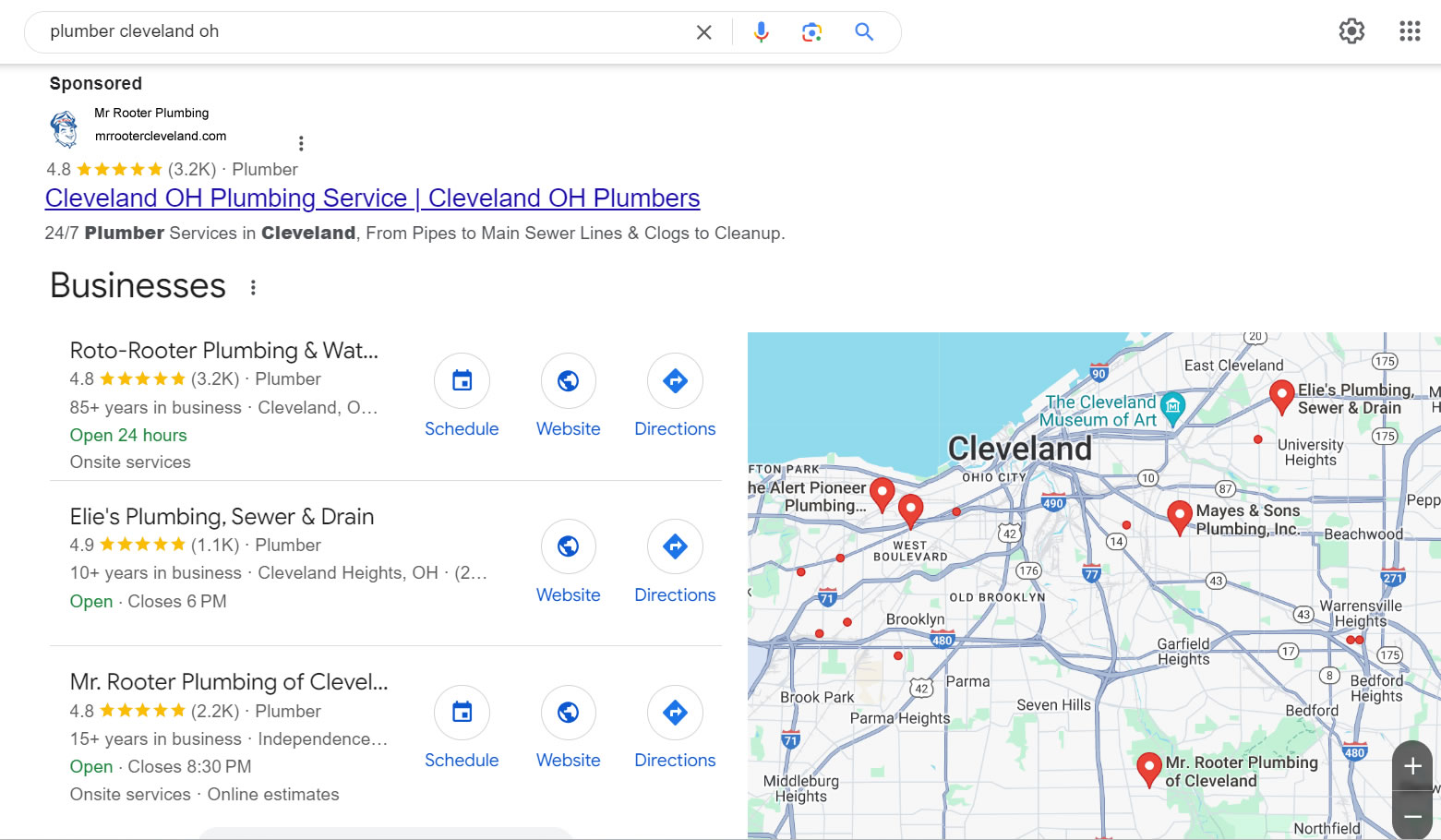Organizing Your Business’ Digital Marketing Budget
Digital marketing has emerged as a dominant force in today's world thanks to its mindbogglingly greater reach and lower cost of entry than conventional marketing methods. Digital marketing also offers the ability to target specific demographics and track success with measurable metrics. The rise of social media and mobile devices has made digital marketing even more powerful by enabling brands to engage with their audiences in real-time and on the go. In this brief article brought to you by iBoost Web, we suggest some ways to organize your business’ digital marketing budget. Continue reading or call iBoost Web today to learn more.

Assess Your Ongoing Digital Marketing Strategy and Efforts
Let’s start by understanding your current situation. Assessing your digital marketing efforts involves evaluating the effectiveness of your current marketing campaigns and identifying areas for improvement.
Use tools like Google Analytics to track website traffic, bounce rates, and other metrics that indicate engagement and conversions. Analyze this data to see which channels are driving the most traffic and which pages are performing well.
Analyze your social media channels to see which platforms are generating the most engagement and which types of content are resonating with your audience. Review your follower count, engagement rates, and comments to gauge your social media success.
Once you have evaluated your digital marketing efforts across different channels, identify the areas where you are performing well and where you need improvement. This can help you prioritize which areas to focus on for optimization and budget allocation.
Define Clear Goals
Now that you understand where you are, you can better define where you want to be. Defining clear goals is a crucial step in developing a successful digital marketing strategy.
Start by identifying your overall business objectives, such as increasing revenue, generating leads, or building brand awareness. Your digital marketing goals should align with your business objectives.
Next, identify key performance indicators that will help you measure your progress, and set measurable goals that align with your business objectives. For example, if your business objective is to increase revenue, a specific and measurable goal could be to increase website conversions by 20% in the next quarter.
Finally, prioritize your goals based on their importance to your business objectives and their potential impact on your bottom line.
Choose Digital Marketing Channels to Allocate Resources Into
There are many channels for success in digital marketing. SEO, pay-per-click advertising, and social media advertising are all effective options.
SEO, or search engine optimization, involves optimizing a website's content and structure to improve its ranking in search engine results pages. By ranking higher, businesses can attract more organic traffic to their website, which can ultimately lead to increased conversions and revenue. While SEO can take some time to see results, it can provide long-term benefits and has a high return on investment over time.
Another way to improve visibility on search engines and websites is pay-per-click advertising, a form of online advertising where businesses pay for each click on their ads. While the cost per click can vary depending on the industry and competition, PPC advertising can be very effective in generating leads and sales in a short period of time.
Finally, with over 4 billion users worldwide, social media offers a massive potential audience for businesses. Social media advertising involves placing ads on social media platforms such as Facebook, Instagram, or LinkedIn and can increase brand awareness, website traffic, and ultimately, revenue.
Let’s Authentically Boost Your Digital Marketing Campaign
If you are looking for a digital marketing company with over two decades of experience in website design, website development, and website hosting, as well as tried-and-true success with social media and pay-per-click management, then iBoost Web is your destination. Explore our website or call now to learn more about how our services can optimize your digital marketing campaign.




